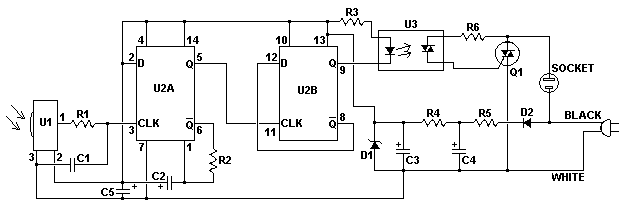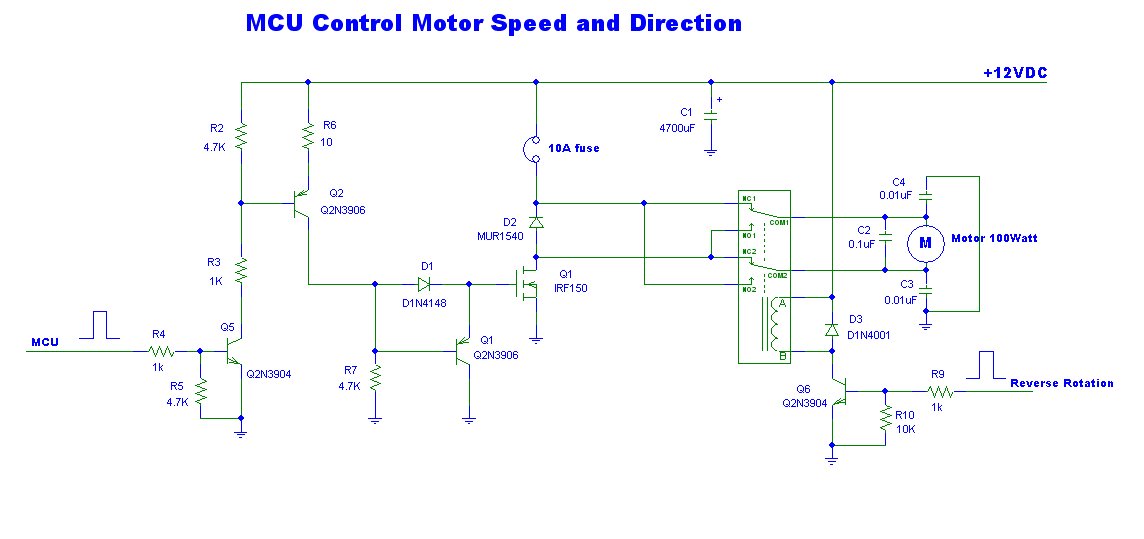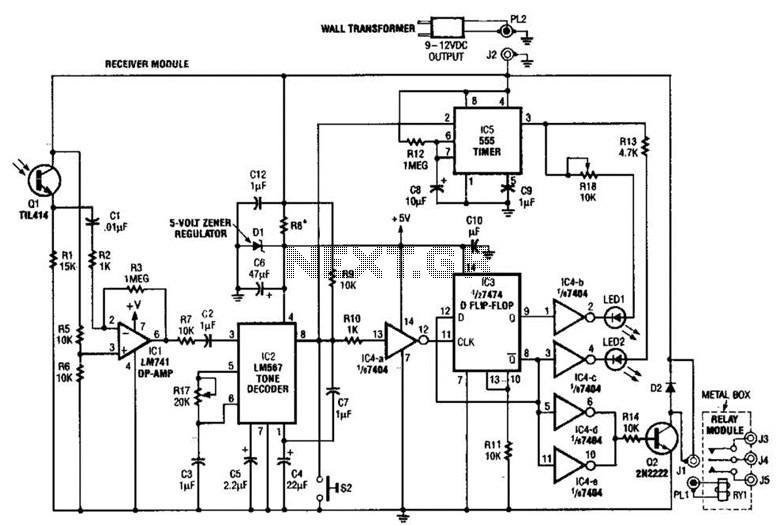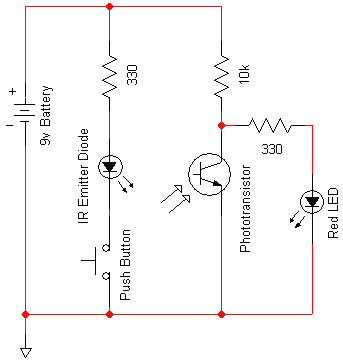
Inexpensive Remote Watering System

This remotely controlled watering system is both inexpensive and easy to expand. It is designed to operate in conjunction with a conventional watering timer.
The remotely controlled watering system is an innovative solution for automated irrigation, allowing users to manage watering schedules efficiently. The system integrates with existing watering timers, enhancing their functionality and providing remote access for convenience.
The core components of the system typically include a microcontroller, a wireless communication module (such as Wi-Fi or Bluetooth), and relays to control water valves. The microcontroller serves as the central processing unit, receiving commands from a mobile application or web interface, which allows users to set watering schedules, adjust durations, and monitor system status from a distance.
The wireless communication module enables the system to connect to a home network, facilitating remote operation via smartphones or computers. This feature not only increases user convenience but also allows for real-time monitoring of soil moisture levels, weather conditions, and other environmental factors that can influence watering needs.
Relays are used to control the opening and closing of water valves, which can be connected to various irrigation systems, such as drip irrigation or sprinkler systems. This flexibility allows the system to be easily adapted to different garden sizes and types of plants.
Given its cost-effective design and modular nature, this watering system can be easily expanded by adding more zones or integrating additional sensors, such as soil moisture sensors or rain sensors, to optimize water usage and ensure plants receive the appropriate amount of irrigation.
Overall, this remotely controlled watering system offers a practical solution for efficient water management in gardening and landscaping, combining technology with traditional irrigation practices.This remotely controlled watering system is both inexpensive and easy to expand. It is designed to operate in conjunction with a conventional watering tim.. 🔗 External reference
The remotely controlled watering system is an innovative solution for automated irrigation, allowing users to manage watering schedules efficiently. The system integrates with existing watering timers, enhancing their functionality and providing remote access for convenience.
The core components of the system typically include a microcontroller, a wireless communication module (such as Wi-Fi or Bluetooth), and relays to control water valves. The microcontroller serves as the central processing unit, receiving commands from a mobile application or web interface, which allows users to set watering schedules, adjust durations, and monitor system status from a distance.
The wireless communication module enables the system to connect to a home network, facilitating remote operation via smartphones or computers. This feature not only increases user convenience but also allows for real-time monitoring of soil moisture levels, weather conditions, and other environmental factors that can influence watering needs.
Relays are used to control the opening and closing of water valves, which can be connected to various irrigation systems, such as drip irrigation or sprinkler systems. This flexibility allows the system to be easily adapted to different garden sizes and types of plants.
Given its cost-effective design and modular nature, this watering system can be easily expanded by adding more zones or integrating additional sensors, such as soil moisture sensors or rain sensors, to optimize water usage and ensure plants receive the appropriate amount of irrigation.
Overall, this remotely controlled watering system offers a practical solution for efficient water management in gardening and landscaping, combining technology with traditional irrigation practices.This remotely controlled watering system is both inexpensive and easy to expand. It is designed to operate in conjunction with a conventional watering tim.. 🔗 External reference





